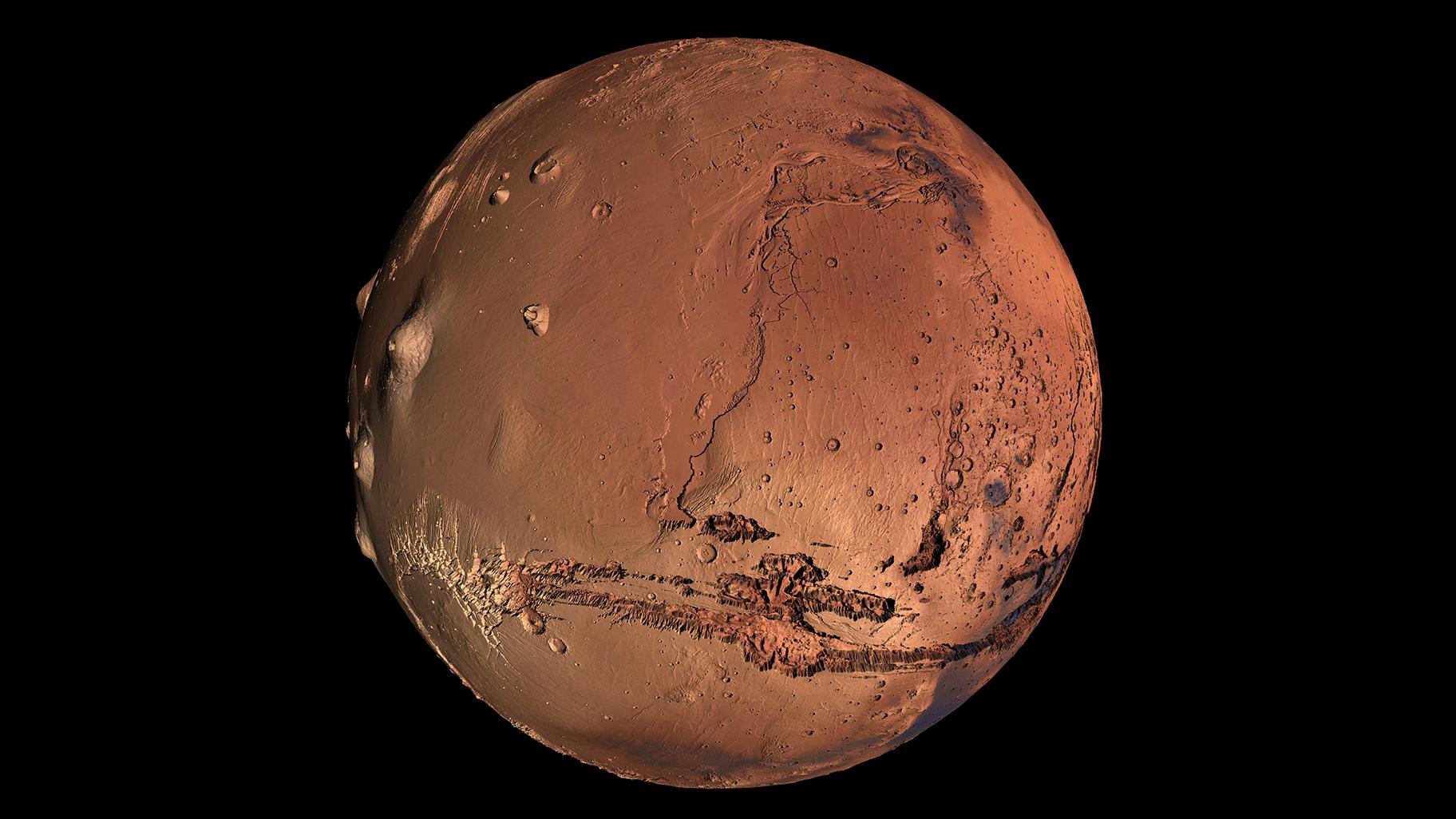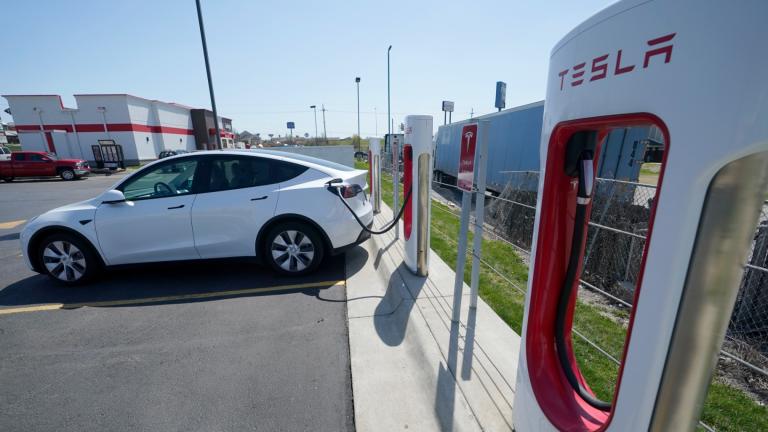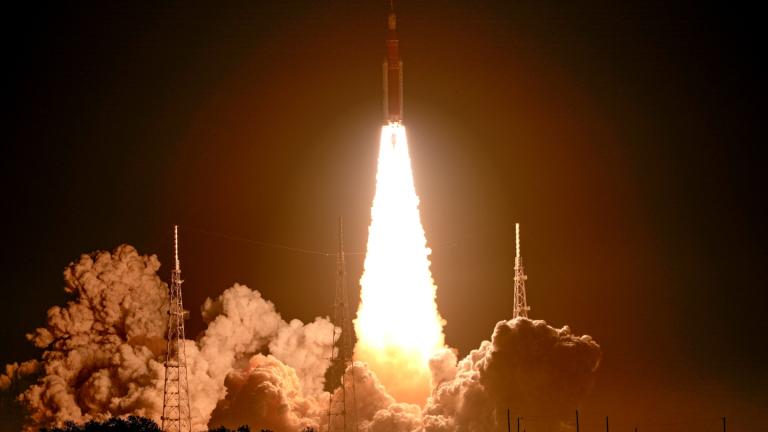At a windy Texas launch facility on Saturday, SpaceX founder Elon Musk unveiled a prototype spacecraft that he hopes will one day carry human beings to Mars and beyond.
Musk’s vision is to create a fleet of reusable rockets that will make space travel dramatically cheaper and more accessible.
His dream is to make humans a truly space-faring civilization with self-sustaining colonies – starting wth Mars.
But can Musk turn what has long been science fiction into science fact?
“He’s clearly made huge progress,” said Don Lincoln, a particle physicist at Fermilab and space exploration enthusiast. “To the best of my knowledge no other American manufacturer and not even the Chinese can match his cost to orbit – it’s like $2,500 per pound to lift to orbit. That said it’s still very expensive.”
Musk’s Starship prototype stands 50 meters tall and weighs roughly 200 tons – as the design is refined it is hoped that the weight will come down to around 120 tons. The Starship would ride into orbit atop a booster rocket that would also be reusable. Somewhat surprisingly, the craft is made of stainless steel, which according to Musk, has several advantages over more exotic materials such as carbon fiber – including cost.
“Musk claims the guiding principle of all of his decisions are both cost and simplicity,” said Lincoln. “So as long as steel functions as well or very, very nearly as well and it is much less expensive it does seem to make sense.”
Musk said he hopes the prototype will begin test flights within a couple of months and will make its first flight to orbit in about six months.
But beyond creating a craft that can make the journey to Mars a key challenge is keeping astronauts alive for missions that could last years. Maintaining fitness in a zero-gravity environment is relatively easy, said Lincoln.
“The real concern for long-distance travel is radiation. The best estimates we have for a lucky trip from Earth to Mars is that the astronauts will get a little over half the lifetime allowed radiation dose for an astronaut. That’s if they get lucky,” said Lincoln. “If there’s a solar flare or something like that then the radiation goes up and the people – depending on how hard (the spacecraft) is hit – the people will get sick or die.”
Lincoln said it is possible to protect space travelers from radiation with either heavy shielding material – think of the lead protector a dentist uses to shield a patient from X-rays – or with a magnetic shield that deflects radiation from the sun.
But he said either option would be expensive to lift into orbit and a magnetic shield would require a huge amount of energy.
 Mars visualization with satellite imagery overlay. (Kevin Gill / Flickr)
Mars visualization with satellite imagery overlay. (Kevin Gill / Flickr)
If Musk is able to create a spacecraft capable of taking humans to Mars, what about his vision for self-sustaining colonies and eventually civilizations?
According to Lincoln, the challenges once you get to Mars are immense.
“It really boils down to a very simple thing: how easy is it to go there and live?” said Lincoln. “The reason that Europeans were able to colonize the Americas was that after the very difficult journey there was dirt and water and you could throw corn on the ground and it would grow.”
But with less sun, no air and a potential water supply that could be problematic, Mars will be much tougher than colonizing the New World.
“So when Musk talks about sending a million people to Mars – the only way that we can do that is if we can find some way of doing that in a self-sustaining manner where they don’t need constant resupply,” said Lincoln. “I’m not yet convinced that this is going to be feasible.”
But Lincoln, who watched the Apollo missions to the Moon as a young child, believes it’s possible that we will land humans on Mars in the not-too-distant future.
“In my lifetime, maybe,” said Lincoln. “I do not expect to see a base. I do not expect to see settlers or anything like that. But if we do (make it to Mars) I think it will be a scientific mission.”
And if such a mission were to discover something akin to fossils on Mars then that would change everything.
“Because if we see something like that then we know that two planets had life form on them,” said Lincoln. “And if that’s the truth then you can rest assured that life is just out there.”
Related stories:
50 Years After Moon Landing, Billionaires Back Grandiose Visions for Space
Trump’s Dream of Space Force Moves One Step Closer to Reality
NASA Reaches New Heights: Mars, Asteroid Bennu and Ultima Thule








